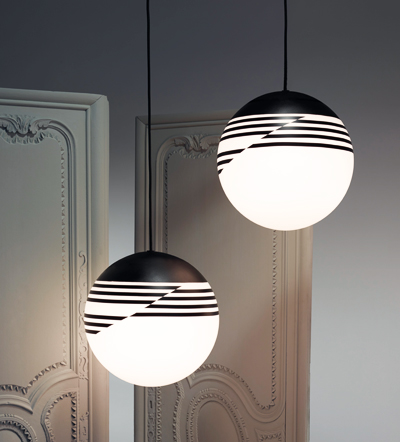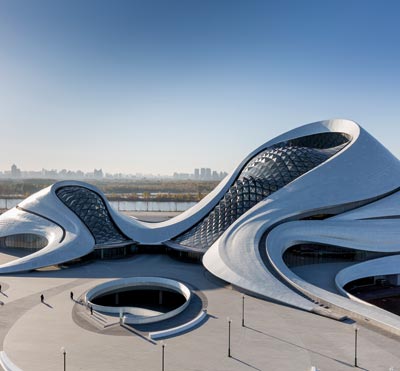|
In our latest issue, we visit AL_A’s beguiling Museum of Art, Architecture and Technology in Lisbon, and consider whether the era of gratuitous shapemaking architecture is finally over It is doubtful, with the exception of Donald Trump, that many people will look back on 2016 with much fondness. The rest of us watched as, one after the other, our favourite musicians, actors and writers merged with the infinite. Architecture did not escape unscathed, losing its most audacious talent in Zaha Hadid. It feels like the end of something. Yes, I know the death of gratuitous shapemaking architecture has long been proclaimed, but despite this, the conveyor belt of iconic shapes continued to roll. Our cover story this month suggests this era is finally drawing to a close. The evidence comes in the beguiling, but distinctly low-key, form of the Museum of Art, Architecture and Technology in Lisbon, or more specifically its juxtaposition alongside the Triennale installation The Form of Form. Curated by Diogo Seixas Lopes, The Form of Form was a curious agglomeration of volumes – a timely reminder that a new generation is viewing architecture and cities in a very different way. It is certainly too early to predict how the landscape will change, but change it will. Closer to home and the creative industry, still in mourning over Brexit, has something to cheer about with the opening of the new Design Museum. Now housed in the former Commonwealth Institute, this is a massive step up in scale for an institution that has spent the past 17 years in a diminutive Bauhausian banana warehouse in Shad Thames. The intention is to do for design what the Tate Modern did for modern art. An admirable goal, but the project is not without its critics. First there is the hollowing out of one the country’s most interesting examples of post-war modernism. Second, and more contentious, is the OMA-design luxury housing that sits in front of the building. Necessary to make the numbers work, but in the context of London’s well-documented housing crisis, disappointing. Still, shifting an established institution across the city and rehabilitating a crumbling landmark is an impressive achievement. And despite the aforementioned reservations, the real challenge is how to attract sufficient visitor numbers to an unloved part of London to make the thing stack up? Should the Design Museum pull this off, all other concerns will melt away. |
Words James McLachlan
On the cover MAAT Museum by AL_A in Lisbon, photography by Hufton + Crow |
|
|
|
||
|
IN THIS ISSUE FRONT Scene A chance to reminisce about what exactly made 2016 great again Splash Next Architects’ knotty thrills for Changsha pedestrians Diary The must-see exhibitions and trade shows this month Crimes against design The unbearable burden of modern-day crofters Opinion Why magazines still matter in the great design debates
DESIGN Age of empire In a controversial move, Italian Creation Group grows its portfolio while towing a traditional line Furniture Vincent Van Duysen offers a steady hand to Molteni&C Emerging studio Paris-based Samy Rio experiments with unusual material combinations Furniture Ishinomaki Lab: How Japan’s tragedy led to a revival of self-reliant craftsmanship Icon of the month Sixten Sason’s Swedish chainsaw masterpiece Q&A: Deyan Sudjic On the changing face of design and growing a successful museum Technology Kodak inverts the usual smartphone/camera ratio with its new Ektra
ARCHITECTURE The last icon With wild curves tamed by sober times, what is the future look for landmarks? Pretty prefab Alfredo Häberli’s model prefab residence for Baufritz is more than a pretty face Down the mine Zumthor’s contemplative Allmannajuvet mine museum Quiet in the tent The understated mastery of John Pawson’s Design Museum refurb Q&A: Joe Gebbia Airbnb co-founder on responsibility in design and architecture Icon of the month The Linear Continuous System: Oskar Hansen’s socialist-style megastructures REVIEW How should we live? MoMA’s well-intentioned exhibition on modernism’s female designers and influencers falls a little flat The Ulm model Dry design shows its best face in London’s Raven Row Cedric Price Works The collected works of the legendary architect-thinker are a joy to behold (and read) Rethink: The Pope Les Cousins’ heavenly rebrand of His Holiness’s stuffy style Obsession: Rover P6 The energetic 1960s saloon that threw caution, and tradition, to the wind |
||



















